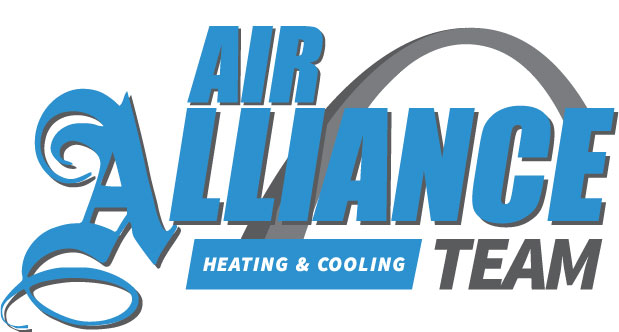
The Nest thermostat is one of the best-selling smart thermostats you can buy. And for good reason. It picks up on your temperature preferences and creates an energy-efficient schedule to match. And through geofencing with your phone, the Nest Learning Thermostat and Nest E know when you’re at your home or away and can raise and lower temps to help you save even more.
The Nest is compatible with a vast range of 24-volt heating and cooling systems, but it’s always a good idea to use the Nest thermostat compatibility checker before getting one. Don’t forget to contact your energy company for valuable rebates, because you may be able to get a Nest for free or close to it.
Once you’ve checked it’s compatible, you can either hook it up on your own or call a HVAC pro like Air Alliance Team. If you’re installing it on your own, you’ll see a terminal for the C-wire, or common wire. This wire is only used for powering your thermostat. If your residence or HVAC system is older, you might not have one of these wires. Most of the time, Nest says this isn’t an issue since the thermostat can draw ample power from other heating and cooling wires.
In some cases, your heating and cooling system might have to have that C-wire. And here’s why.
Why Your Nest Keeps Losing Power and Other Issues
The Google Nest Thermostat is an improvement from older programmable thermostats that have a combination of wiring and AA batteries for power. It uses a rechargeable lithium-ion battery and wiring to connect to Wi-Fi, power its digital display and operate your heating and cooling system.
8 Common Nest Thermostat Issues
If it can’t get enough electricity, Nest says you might run into some of these troubles:
- Short battery life.
- Thermostat motion sensing is disabled.
- Your thermostat occasionally disconnects from Wi-Fi.
- Your system suddenly turns on or off, or won’t turn off.
- Your system is making strange noises, including chattering, stuttering, clicking or thumping.
- Heating or cooling is short cycling, or repeatedly turning on and off in a short period of time.
- There is a delay message on your Nest thermostat’s screen, along the lines of “heating is delayed for 2:30 minutes.”
- The system fan is continuously on, won’t turn on or turns off and on frequently in a short period of time.
You may think something is up with your heating and cooling system, but if you just started using the Nest, we advise you check your thermostat initially. This is especially pertinent if the weather is mild, and you haven’t been running your heat or air conditioning frequently.
Our Professionals Can Resolve Nest Thermostat Troubles
If you’ve attempted Nest thermostat troubleshooting without help but can’t solve the problem, a smart thermostat pro including one from Air Alliance Team can provide support. We can pinpoint the issue and add a C-wire, if needed.
Smart thermostats like the Nest are designed to make your life simpler, through automatic energy-efficient programming and the ability to monitor settings while you’re out. It’s a frustrating experience when yours won’t operate correctly, but our heating and cooling specialists at Air Alliance Team can resolve the issue in no time.
If you’re going through strange heating and cooling behavior with your new Nest, call us at 636-206-4584 to request your appointment now.
